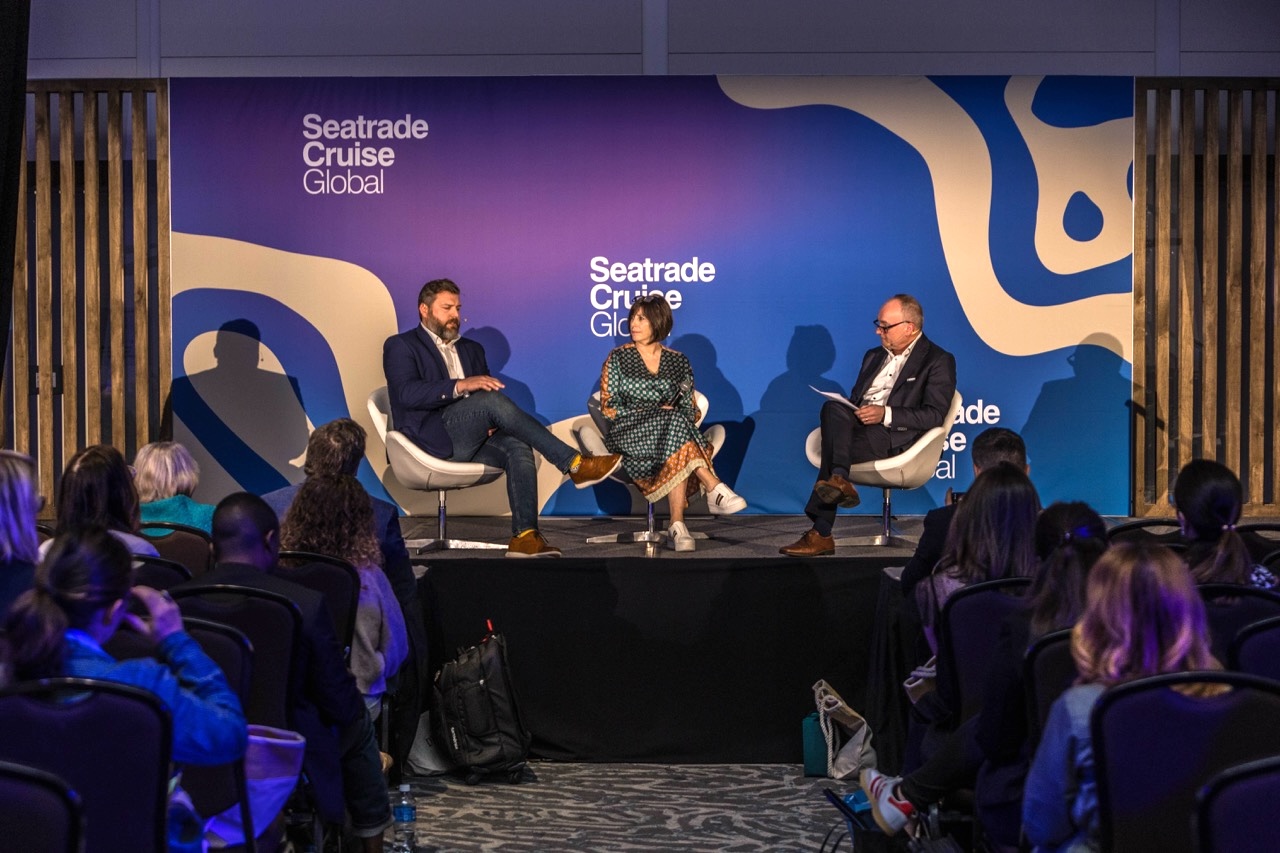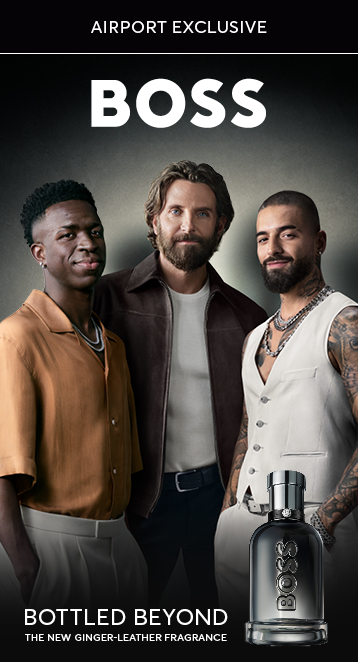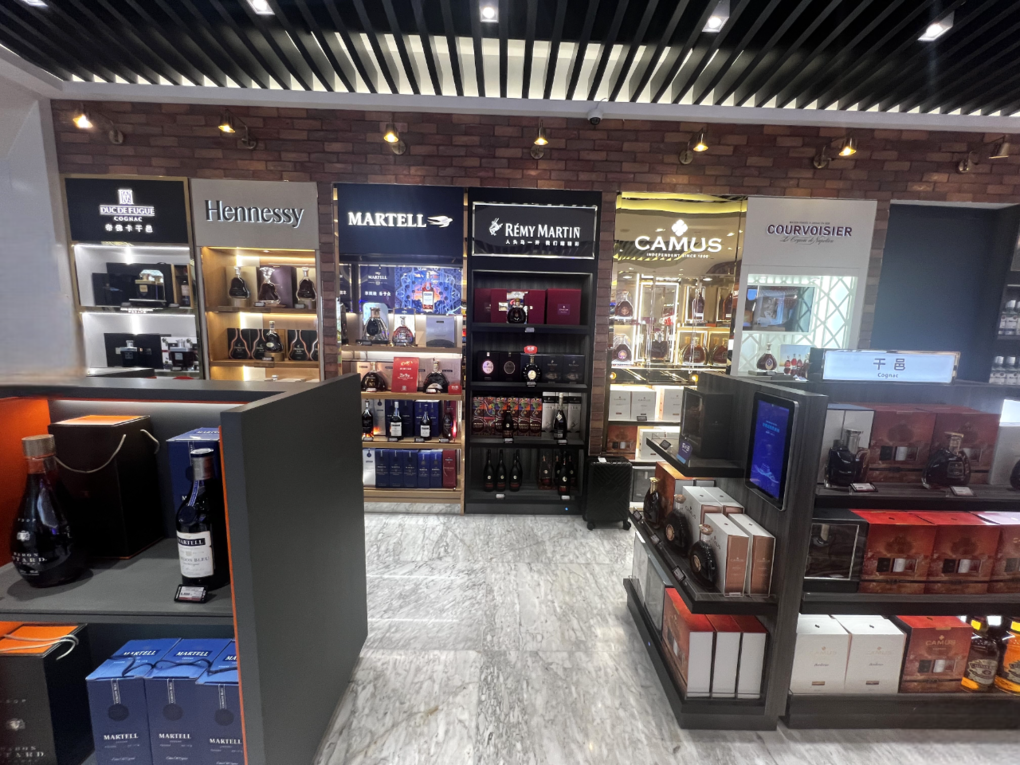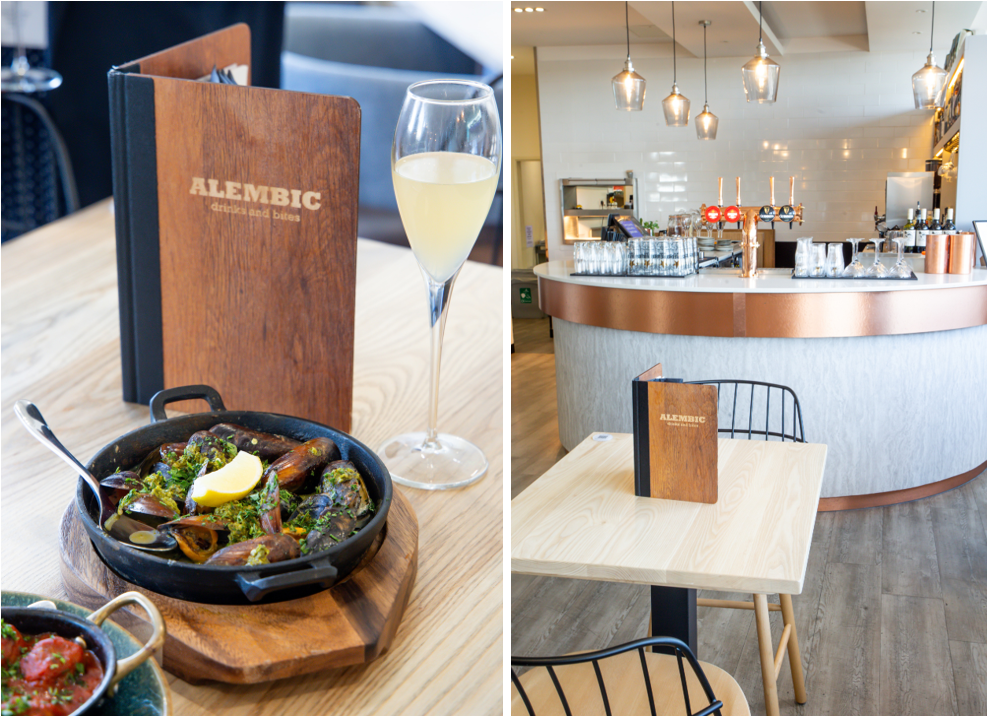INTERNATIONAL. Two expert speakers at Seatrade Cruise Global in Miami last month addressed the question of how digital technology will continue to influence both the guest experience and the management of the retail offer onboard, from sourcing through operations and communications.
MSC Cruises Head of Retail Suzanne Mahoney and Harding+ Chief Technology Officer Mikos Taylor joined The Moodie Davitt Report President Dermot Davitt to talk about the deployment of digital technology across cruise retail operations.
Seatrade Cruise Global is the premier annual gathering of the cruise industry worldwide. The Retail Days – a series of conference sessions dedicated to retail at sea – ran over 8-9 April at the Miami Beach Convention Center, co-organised by The Moodie Davitt Report.
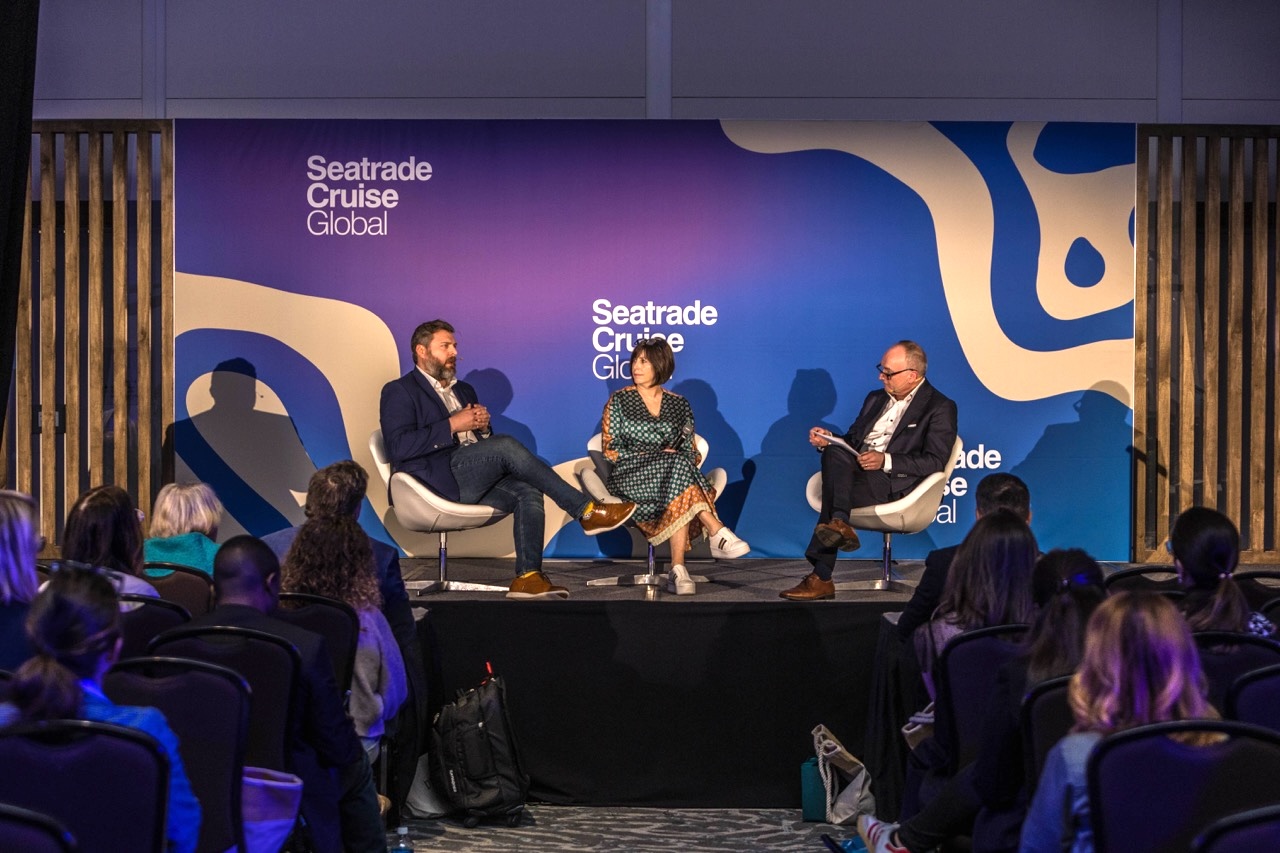
Taylor said: “Where we are putting our attention and our investment is in making the complex simple. That means investing in three key areas.
“Forecasting and replenishment, supported by AI, is one, in which we ensure we get our availability levels up. That presents a great foundation for how we manage our stock and we are seeing the benefits.
“The second is the end to end stock management in the store. You are giving time back to the people working in the stores and reducing the administrative burden on teams. That also means internet connectivity from your own device onboard, allowing you to digitise systems”
The third element Taylor highlighted is digital shelf labels, something that has been a part of the wider retail world for some time.
“This is new at sea but it’s important. We can change the colours to mark sale or align with the cruiseline colours, plus it allows a simple scan to change pricing, which also sets us up for dynamic pricing too.”
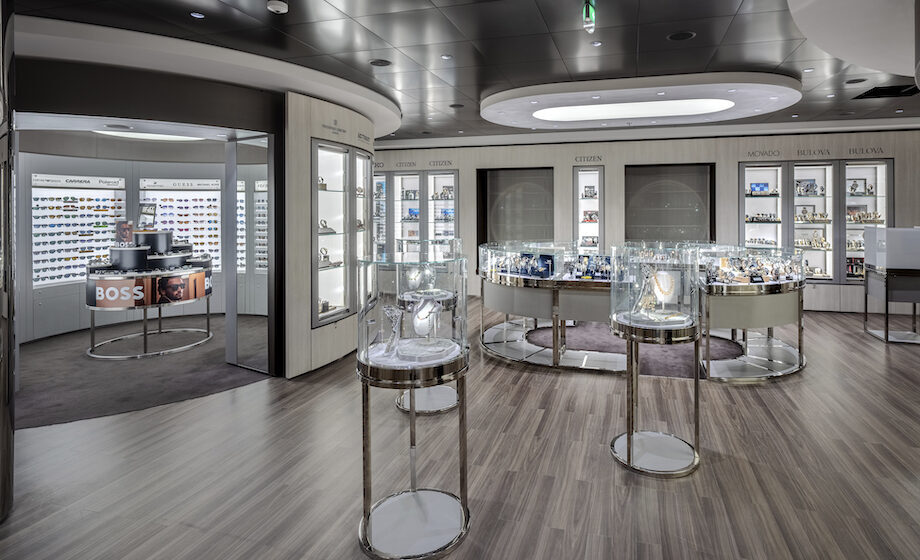
Mahoney said the priority areas in technology are two-fold.
“One, at the back end it is about making sure that the engine is in place to enable the customer experience front end to work better. So how do we use AI to make sure that we are forecasting right, that we have got that right product in the right place, and that it is tailored to our guests?
“Second, how do we free teams onboard up so that they can really engage with the guests? How do we communicate in a personalised way? And how do we curate the experience as well, speaking the right language?
“As we launch MSC World America we are also updating the MSC app (now in six languages), which means that we can start talking to the guests and engaging them before they even get onboard. That offers an opportunity for brand partners to become involved earlier too, and connect our guests to what is available in the physical store. Using tech we can drive awareness or conversion about retail everywhere on the ship.”
That building of awareness pre-cruise followed by the onboard communication is a key element in which technology can play a part, said Taylor.
“We are doing a lot of pre-cruise engagement with Princess Cruises now, which is complemented by interactive screens, not just in the shop area but elsewhere.
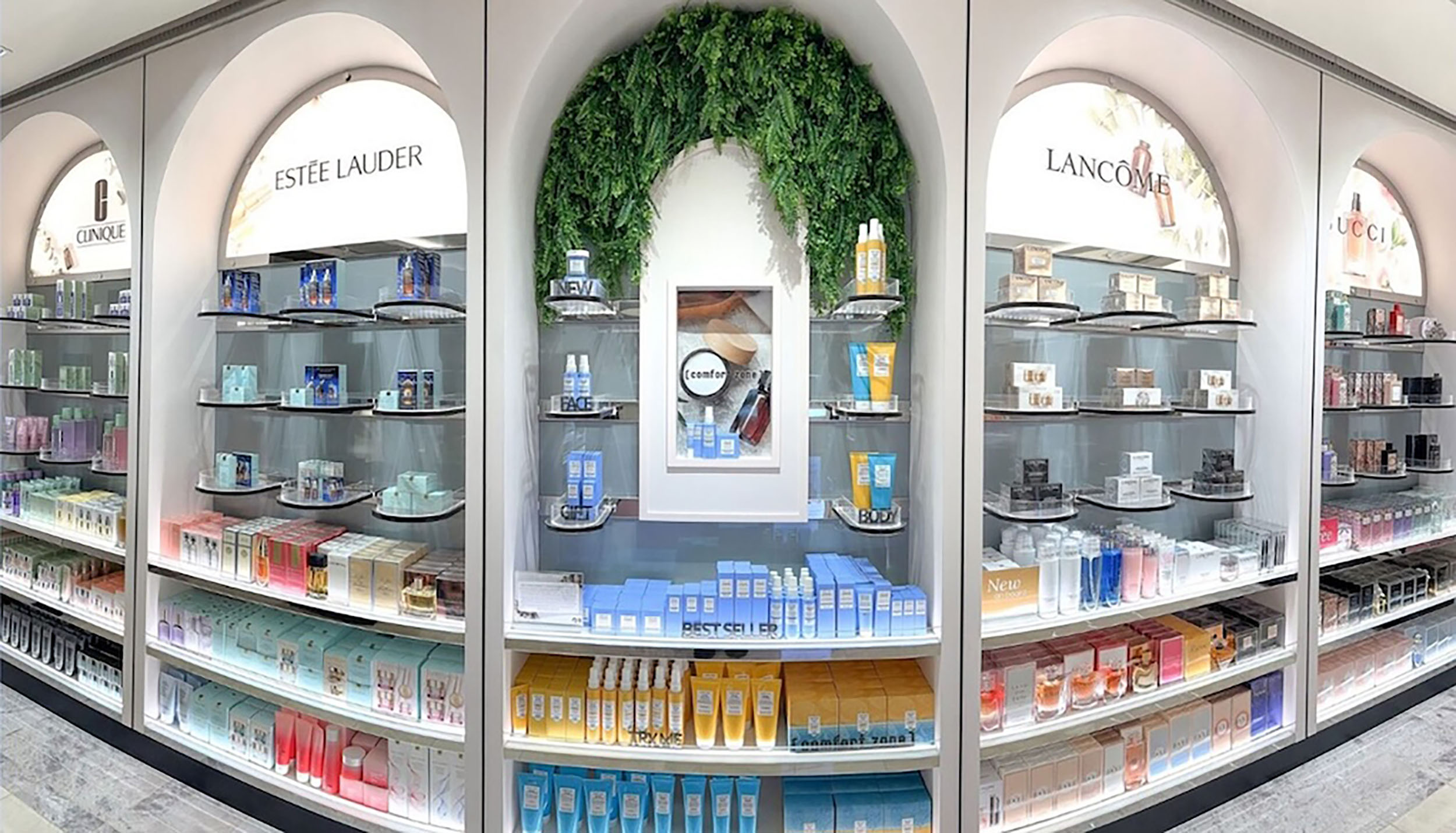
“Then with Viking Cruises we have introduced a concept store that is effectively unmanned and unstaffed. It’s a relaxation area where you can go 24/7, but within it there is the technology to place orders for stock and have goods delivered to your room. Here, the collaboration from the cruiselines makes a huge difference.”
On how ecommerce might play a greater role in cruise retail, Mahoney said: “There is a place for it if we get the back engine right. There are some categories that lends themselves better to this. Logo is one. We know people often want to have the MSC merchandise to wear before they come onboard.
“Being able to browse, click and collect is one of the biggest opportunities. And ideally we get to the point where, while you cannot purchase in port before the sailing, you can preview and pre-select.”
Addressing the uses of AI, Taylor said: “Today we are looking at whether we build some AI capabilities ourselves to drive efficiencies, or use what other people have built?
“We are using two pieces of AI in particular. One is around our forecasting and replenishment. We can take two years of transaction history and build the forward sales profile and that works exceptionally well, especially on high volume products. The second is around removing those administrative tasks – at our warehouse, all of our dispatch notes are read by an AI tool, which reduces complexity.
“AI can also play a role in tracking trends and hyper-personalising the offer. It also will have a big impact on efficiency, taking away monotonous, repetitive tasks, so that manpower can be deployed to more creative tasks.”
On the most exciting uses of technology, Mahoney said: “Can we use the data about our guests before they come so that we are communicating with them in their language, and then delivering to them in a personalised way? It can be linking the spa to the beauty offer, but that means connecting the two pics of data.
“And that is the exciting piece, harnessing all the data that we have got and making it meaningful to the guest.”
Taylor concluded: “If we look back at our management of stock over the last two years and we look at the year ahead, it is completely transformed. That is exciting.
“Tech is coming late to cruise but that also means we are moving faster to get where other retail channels are. And we are pushing the boundaries for cruiseline and brand partners in ways that can add value for all.”
*This article first appeared in The Moodie Davitt eZine. Click here for access.



